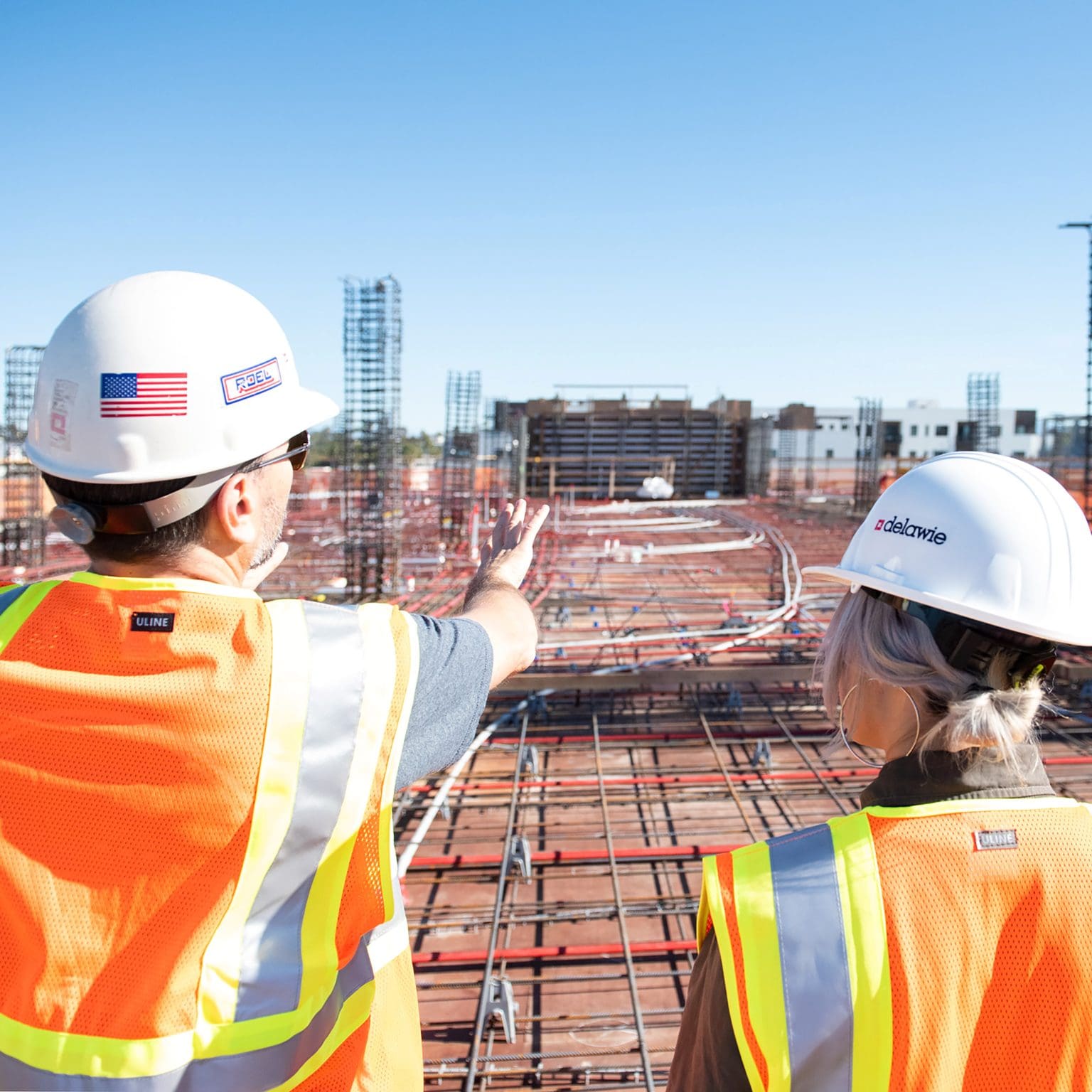By Maryclaire Manard
Most people today don’t stop to consider the origins of Labor Day in America. They usually see it as an extra day off, the unofficial last weekend of summer before a school year, or a time to take advantage of deals for big ticket items.
The origins of Labor Day, however, come from a place of recognition and resolve to do better for the everyday American worker. President Grover Cleveland signed into law that “Labor Day” would be a national holiday in 1894. Following the Civil War, during the nation’s industrial boom, working conditions of the average worker in factories, mills, mines, and rail yards were extremely taxing. Holding down an industrial or trade job typically meant that workers (including children) would have to work 12+ hour days, 6 days a week, with little to no condition monitoring for safety or well being (think: cramped, dirty, dangerous, and totally unregulated workplaces.)

After worker strikes and rallies pushing for better conditions became commonplace, what’s thought to be the first ever Labor Day parade occurred on September 5th, 1892, when tens of thousands labor union members from across different jobs and trades took a day of unpaid leave and marched in solidarity with one another. Since that time, many labor regulations in the U.S. have been codified into law, and regulatory agencies like the Occupational Health and Safety Administration (often referred to as OSHA, the regulatory arm of the U.S. Department of Labor) charged with inspecting and investigating workplace conditions came to be. Not to mention, the rise of labor unions (an organized association of workers formed to protect and further rights and interest), meant a great deal of labor reform seen since the days of the Industrial Revolution.
Today, being an American worker looks much different. Here are 10 facts about American workers today:
1. Millennials are now the largest generation in the U.S. labor force
According to a 2019 Pew Research poll, millennials passed Gen X in 2016 to become the single largest generational group in the U.S. workforce. This follows decades of Boomers holding the title, and Gen X holding it for just 3 years before being surpassed by millennials.
2. A significant majority (over 70%) of Americans work in the services sector
Compared to other parts of American history when agriculture, or industry may have been a more prominent option for American workers, the services sector has been the most dominant sector for quite some time now (Source: Pew and Statistica)
3. In 2021, U.S. workers worked an average of 1,767 hours per year
According to the Organization for Economic Cooperation and Development (OECD), the U.S. average hours worked was the highest among OECD member nations with the exception of just five other nations working more hours. The OECD is an intergovernmental organization with 38 member nations in the Americas, Europe, and the Pacific committed to democracy and the market economy.
4. Thanks to the pandemic, 59% of workers with jobs that can be done remotely are teleworking all or most of the time (as recently as January of this year)
Covid-19 brought one of the largest and dramatic shifts for many American workers ever seen: working from home. While not all American workers have the option of working in a job that can be done remotely, the majority of those who do have stayed remote even after return to workplaces became an option. (Source: Pew)
5. While maternity leave is protected in some cases by law, The U.S. remains as the only industrialized nation to not have paid parental leave
While many employers provide this option, it is not codified into U.S. law. Only seven non industrialized nations join the U.S. in this statistic. (Source: WORLD policy analysis center) Also, 70% of U.S. children grow up in a household where all adults are participating members of the U.S. workforce, a big difference from a few decades ago.
6. The top 5 most loved workplaces in America? Spotify, Dell, SAP, Wyndham Hotels, and Navy Federal Credit Union
This is according to the latest 2021 list released by Newsweek.
7. The #1 place to work in the U.S. for worker benefits? The nation’s capital.
According to data from Oxfam, Washington, D.C. ranks highest for high wage standards and strong worker protections.
8. Among its peers, the U.S. comes in last for worker benefits.
Benefits referring to health benefits, retirement, etc. This is also only compared to similarly developed nations (not including emerging nations). This is according to data compiled by HR software company, Zenefits.
9. American women earn 83 cents on the dollar compared with men.
This is according to the U.S. Census Bureau. For women of color, the disparity is even higher. The good news? The gap is lower among younger workers.
10. Support for labor unions among American workers is at a 57-year high even though membership has fallen since the 1980s.
This is according to a new Gallup poll. Union popularity is at a high this year as companies like Amazon and Starbucks face calls for unionization.
Final thoughts
While the situation for the American worker has changed drastically since the 1800s, it continues to shift in today’s rapidly changing world. At Cluey, we compile data points across a brand and company’s impact including its impact on workers. That is one of the largely contributing inputs to our “People Impact” ratings. We aggregate data across inputs around worker welfare, equity, rights, practices, benefits, and protections. So this Labor Day, and every day, consider the people behind the products you buy in order to continue to push for a brighter future for all.
——————-
Maryclaire is the CEO and Founder of Cluey. She started Cluey out of her frustration with the inconvenience and difficulty of aligning her consumer behavior with her personal values.

